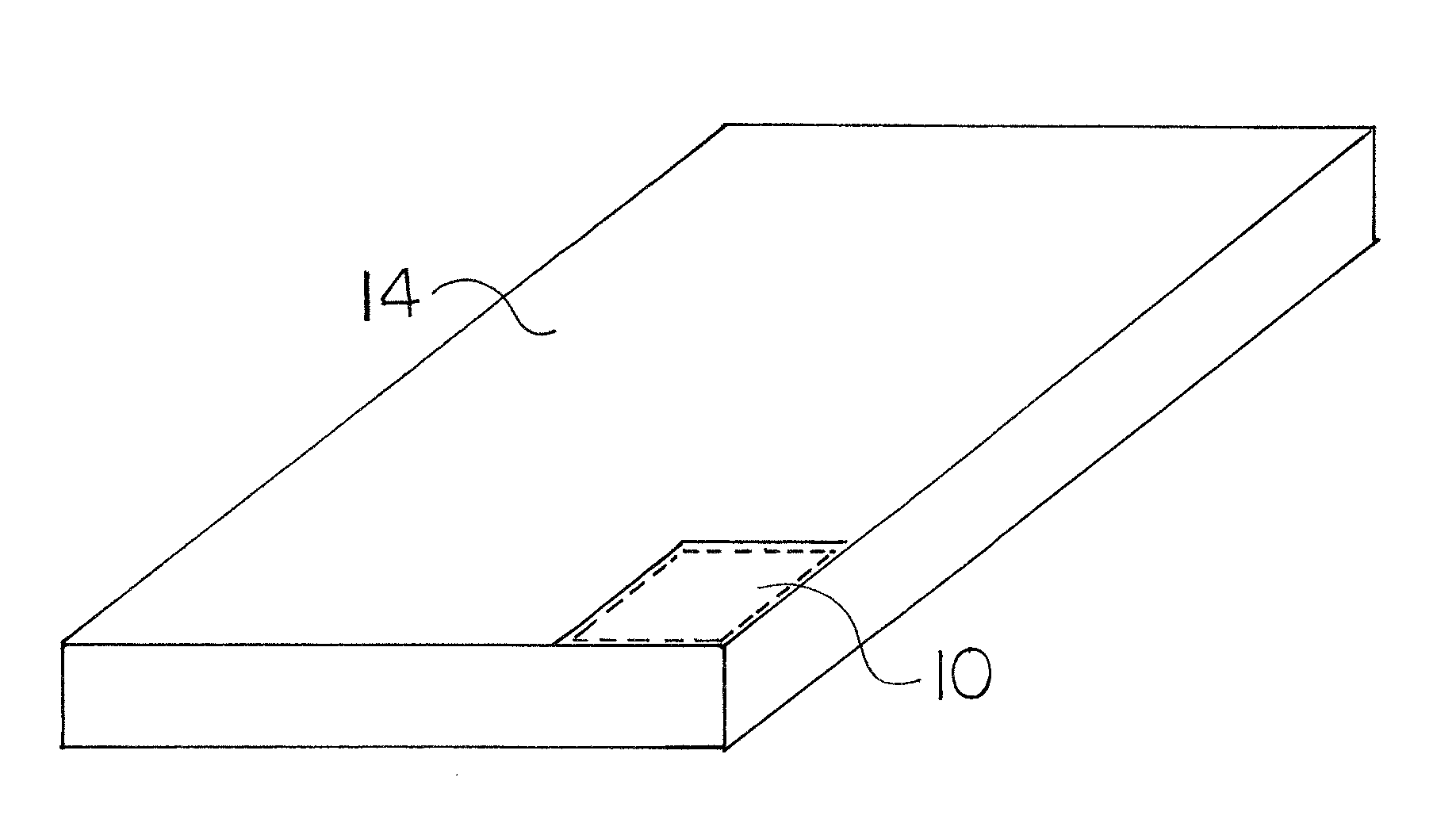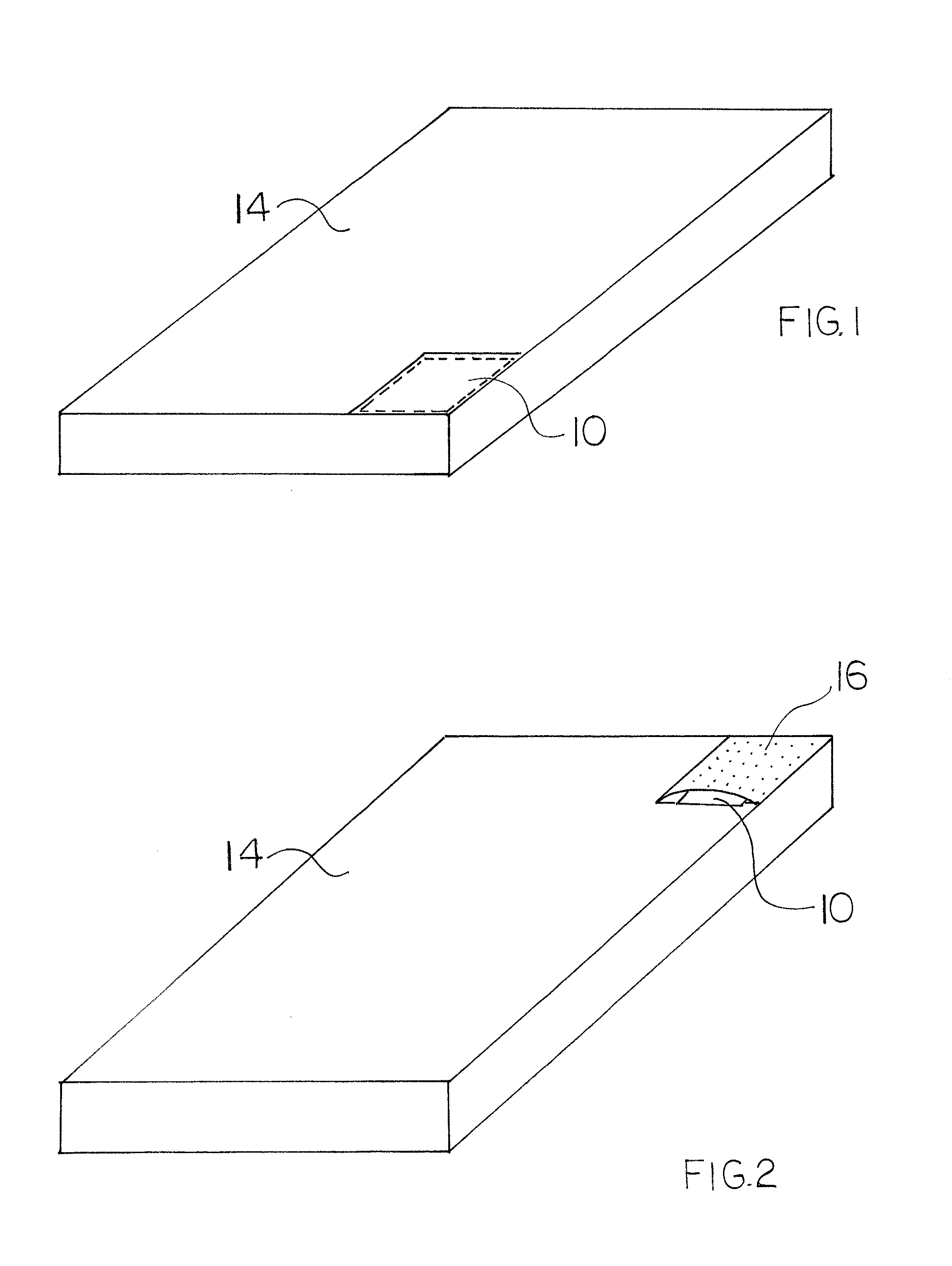Compositions and methods for treating materials with insecticides and potentiating agents
a technology of compositions and materials, applied in the field of materials treated with insecticidal compositions, can solve the problems of infesting or invading humans, inflicting painful and injurious bites, enumerable injuries or health conditions, etc., and achieve the effect of reducing or eliminating insect populations
- Summary
- Abstract
- Description
- Claims
- Application Information
AI Technical Summary
Benefits of technology
Problems solved by technology
Method used
Image
Examples
example i
[0049]A composition containing nonanal, decanal, (E)-2-hexenal, (E)-2-octenal, (2E,4E)-octadienal, benzaldehyde, (+)- and (−)-limonene, sulcatone, and benzyl alcohol is formulated to produce aggregation of bed bugs within an effective range of greater than 30 centimeters.
[0050]The composition made in accordance with Example I is contacted with a fiber textile, such as polyester woven material, by immersing a piece of the textile in a vat containing the composition. The fabric is allowed to remain in the vat of fluid for approximately one hour at room temperature. Thereafter, the fabric is removed from the vat and is allowed to air dry. The treated material is then processed as described further below.
example ii
[0051]A composition for attracting bed bugs was formulated with (E)-2-hexenal in a concentration of less than 6×1015 molecules / ml (1.0×10−11 M). Materials are then treated with the composition.
example iii
[0052]A composition for attracting bed bugs is formulated with (E)-2-octenal in a concentration of less than 9×1014 molecules / ml (1.5×10−12 M). Materials are then treated with the composition.
PUM
| Property | Measurement | Unit |
|---|---|---|
| surface area | aaaaa | aaaaa |
| diameter | aaaaa | aaaaa |
| diameter | aaaaa | aaaaa |
Abstract
Description
Claims
Application Information
 Login to View More
Login to View More - R&D
- Intellectual Property
- Life Sciences
- Materials
- Tech Scout
- Unparalleled Data Quality
- Higher Quality Content
- 60% Fewer Hallucinations
Browse by: Latest US Patents, China's latest patents, Technical Efficacy Thesaurus, Application Domain, Technology Topic, Popular Technical Reports.
© 2025 PatSnap. All rights reserved.Legal|Privacy policy|Modern Slavery Act Transparency Statement|Sitemap|About US| Contact US: help@patsnap.com


